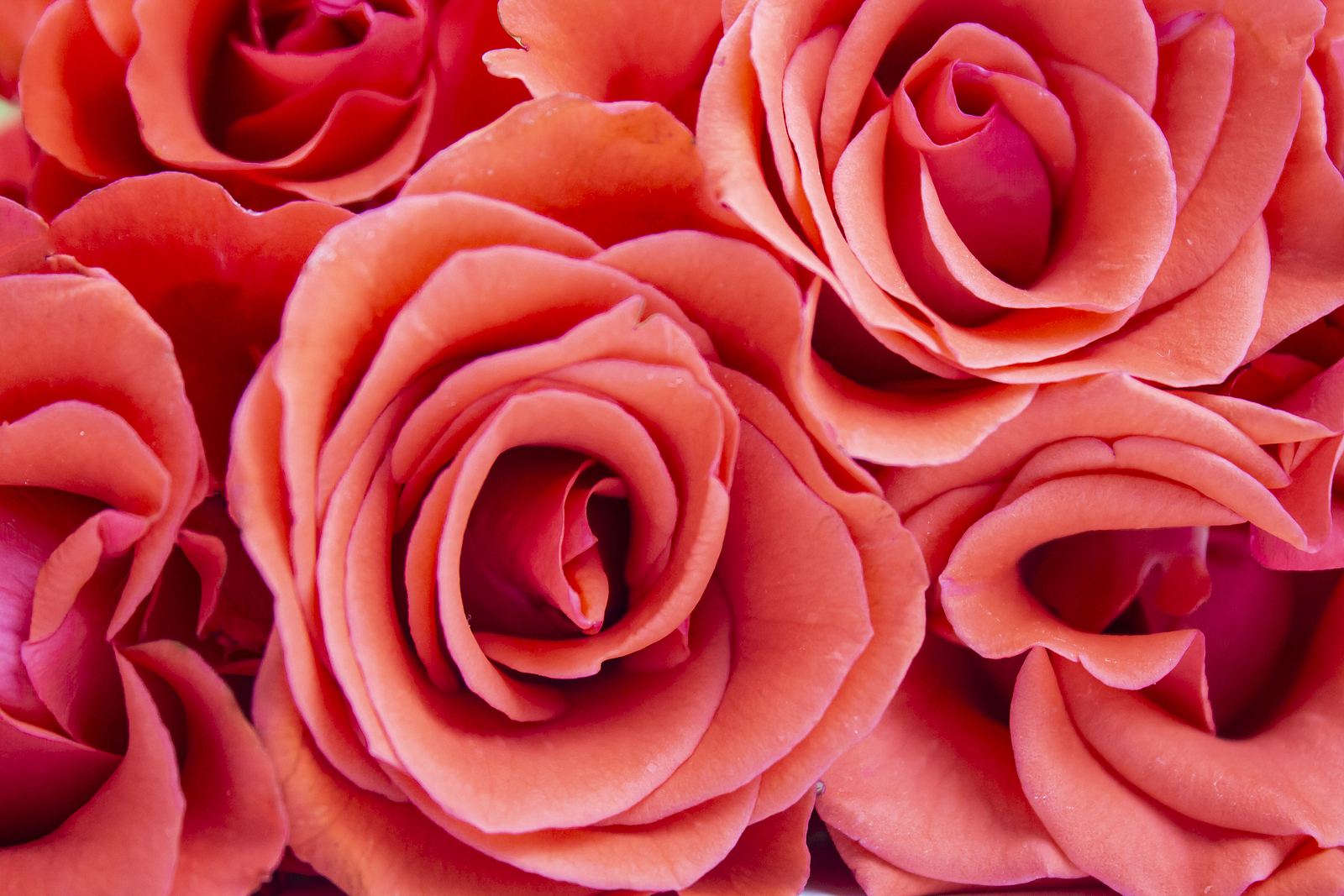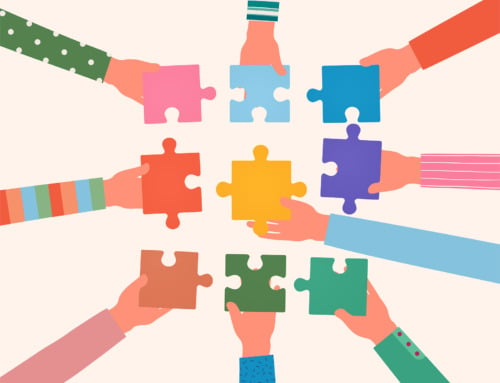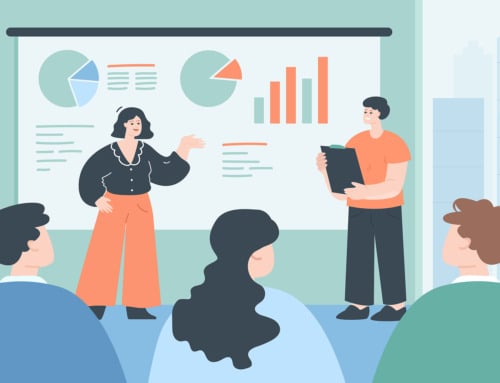Creative provides the largest opportunity for marketers today.
But with limitless creative decisions… How can you be sure you’re nailing every choice you make?
The rules for digital marketing can sometimes feel too fast-paced. Our world is full of ever-changing targeting and privacy restrictions, especially due to the updates ushered in by iOS14 and Google’s phasing out of third party cookies. Investing in creativity is the ultimate way to serve your customers, no matter what changes we encounter in the future.
Embracing creative thinkers and optimizing their work with machine learning is the ultimate way to ensure your customers’ campaigns provide the impact they need.
How Can Marketers Keep Up?
When trying to learn how to create the best content, we often research best practices. Facebook itself has a slew of best practices, tips, and creative standards to follow in order to get brands their biggest reach.
Still though, both Facebook and consumers want creative diversity. Following best practices can take you places, but it won’t get you as far as one novel, well-executed idea.
In a study of Pattern89’s 11 years of historic digital marketing data, we found that top performing creative goes stale after just 10.4 days. In practice though, creative life cycles are much longer, sometimes lasting months. The most feasible way to update all your creative in a timely manner is to tap into new technologies. For example, machine learning can make optimizations and predict what content adjustments will perform for your audiences and goals.
Let’s take a look at how machine learning can offer the perfect support for creative teams.
Understanding the Algorithm
Obviously, the greatest creative accomplishments came from people. Only human minds– such as William Shakespeare, Frida Khalo and Andy Warhol– are capable of giving the world creative projects that continue to move and inspire us.
Comparatively, machines can’t reach this level of creativity. A.I.-driven creative endeavors often end up looking bland or even strange.
What computers can do, however, is analyze vast quantities of data in a short amount of time. They can help us solve problems by finding patterns and trends in the data we feed them.
Machine learning algorithms can “see” and label the contents of video and image ads. They can understand emotional sentiment in facial expressions and copywriting. They can even track movement, answer questions, and perform very basic creative tasks.
Algorithms can also predict what creative content– from colors to character counts– will perform best for any brand or audience. And with this capability, they can even assemble and launch top-performing ad campaigns. It’s no wonder that 80% of marketers believe they’ll be using A.I. to automate more than a quarter of their tasks in the next 5 years.
Still… The question remains.
While algorithms can understand and optimize, can they scientifically determine what’s truly beautiful?
What is Beauty?
Think of something beautiful, a flower, a photo of the Milky Way, or a piece of music.
While some beautiful objects are organic in their composure, some may follow the Golden Ratio. The Golden Ratio describes predictable patterns on everything, from atoms to huge stars in the sky. Some of the most beautiful objects in existence, anything from spiraling galaxies to seashells, follow these patterns. These objects embody the connection between natural beauty and mathematical precision. Because of this, we can argue that true beauty can be totally organic and it can be a blend of both the organic and analytical.
The rapid advancement of machine learning exceeds any competitive edge that creative marketers have ever had. This new technology allows us to do something no human has ever been able to do– predict the future.
Machines are winning, in terms of advancement and data processing, but still, only humans can have original, beautiful, and creative ideas.
Beauty Is In the Eye of the Algorithm.
Today’s digital marketing landscape is crowded. It’s full of competing brands vying for attention. New creative introduces variance to algorithms, which ultimately determine winning content.
Fresh creative always wins. Good ideas always win too. And machines will ensure those ideas get optimized, and ultimately, engaged with. Blending human imagination and data processing capabilities make marketing execution better. This also makes us better creatives.
Artificial intelligence can predict future creative performance with over 95%+ accuracy. Now is the time to trail-run your wild, creative ideas and see if they will resonate. Risks are low. Rewards are high. Experiment, predict, and learn.
Traditionally, beauty has been in the eye of the beholder. Today though, it needs to serve the algorithm that dictates digital marketing success. Agencies that blend the two will achieve both.
By embracing your creative minds and trusting in algorithms, your clients will stand out in our machine-optimized world.






